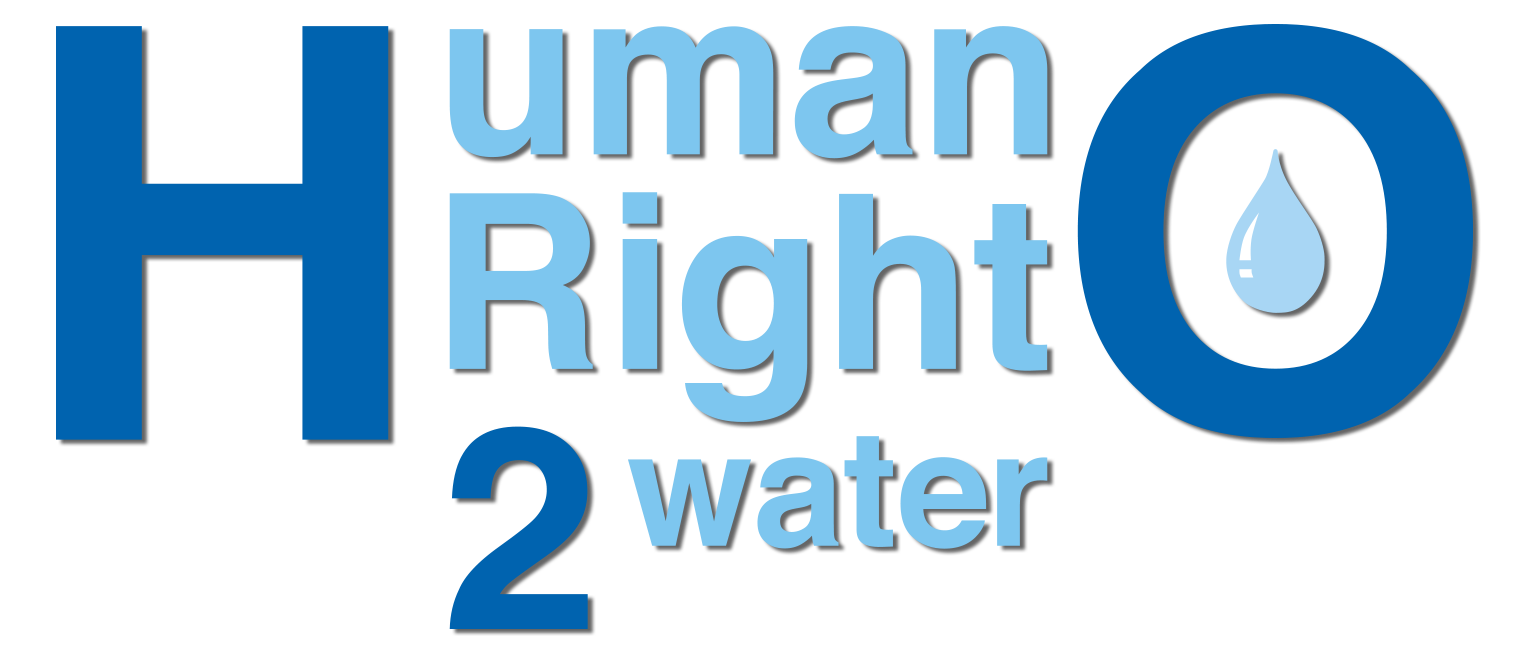May 28th is World’s Menstrual Hygiene Day. This blog was written by Professor Inga Winkler, member of our Expert Committee, and her colleagues Professor Maya Unnithan and Karine Aasgaard Jansen. It was originally published on the Oxford Human Rights Hub Blog on 26 May 2023.

Menstrual activism is at its height, and this year’s day of menstrual awareness and action on May 28 has more momentum than ever before. Around the globe we have artistic endeavours which put menstruation in the spotlight from an Oscar-winning documentary on menstruation, a period emoji, exciting menstrual art, symposia entirely devoted to menstrual health, and policy developments around the world. But what is it all about? It is for everyone who menstruates to be free from discrimination and stigma. Framing menstruation as a matter of human rights is important and necessary to understand the workings of menstrual stigma and its insidious impacts.
We are most familiar with menstruation discussed in health and development policy, especially in the context of the human rights to water and sanitation. Menstruators require access to menstrual materials, facilities and services to care for their bodies while on their periods. While the focus on access to toilets, soap, water and menstrual products is fundamental, menstruation matters for so much more than just the human rights to water and sanitation. Menstrual stigma has profound effects on the realization of human rights across all spheres of life. We therefore need to understand and address menstruators’ claims to rights holistically.
Menstrual stigma often compounds the lack of bodily knowledge and bodily processes. Many people who menstruate do not know what periods entail, or what to expect, when reaching menarche. They have misconceptions and negative or ambivalent feelings about menstruation. This may cause anxiety and stress and negatively impact their ability to learn. Education is important not just to inform people how to keep healthy, but also how to withstand, challenge and contest stigma. We need to consider menstruation in the context of the right to education, including comprehensive sexuality education, and sexual and reproductive rights.
Many menstruators hesitate to seek medical advice, and health care providers are not necessarily trained on menstrual cycle-related conditions. It takes up to seven years or more to be diagnosed with endometriosis, a painful condition where tissue similar to the lining of the uterus grows outside of it. Testimonials of gaslighting, dismissal of menstrual pain, and odysseys through the medical system abound. A focus on menstruation is thus central to the realization of the human right to health.
Menstruators are often labelled as hysterical, not trustworthy, and unfit for decision-making. We also experience that menstrual pain and cramps are dismissed and are told to power through. We’re socialized to hide menstruation and to understand professionalism as living up to male norms in the workplace. These stereotypes and lack of accommodations contribute to barriers women experience at work and in public life resulting in lower earnings, less responsibility, and fewer promotions. Therefore, we need to bring menstruation and menopause into conversations about the human right to safe and healthy working conditions.
Most importantly, human rights require that we address menstrual needs equitably and inclusively for all people who menstruate. This prompts us to ask difficult questions about current priorities. It challenges us to do better. By focusing programming on girls in schools (as is currently largely the case), do we further entrench the marginalization of girls who are out of school? By framing menstrual health as an adolescent girls’ issue, do we ignore other health issues across the life course, in particular peri-menopause and menopause? Do we consider the needs and experiences of menstruators who identify as trans, non-binary, and gender non-conforming? Do we address the unique needs of menstruators with disabilities, who are sometimes forcibly sterilized as a means to ‘manage’ menstruation? Do we understand how menstrual stigma intersects with race, ethnicity, class, caste, culture, religion, and other factors? And do we understand the lived experiences of menstruators living in poverty, in detention, on the move, in camps, in shelters, and/or on the streets?
In the menstrual movement, we need a concerted effort in policy, practice, and research to broaden our menstrual health efforts to include all people who menstruate and address the compounded stigma that many menstruators face in different spheres of life. It is time to make the transformative potential of human rights a reality for every person who menstruates, everywhere.

